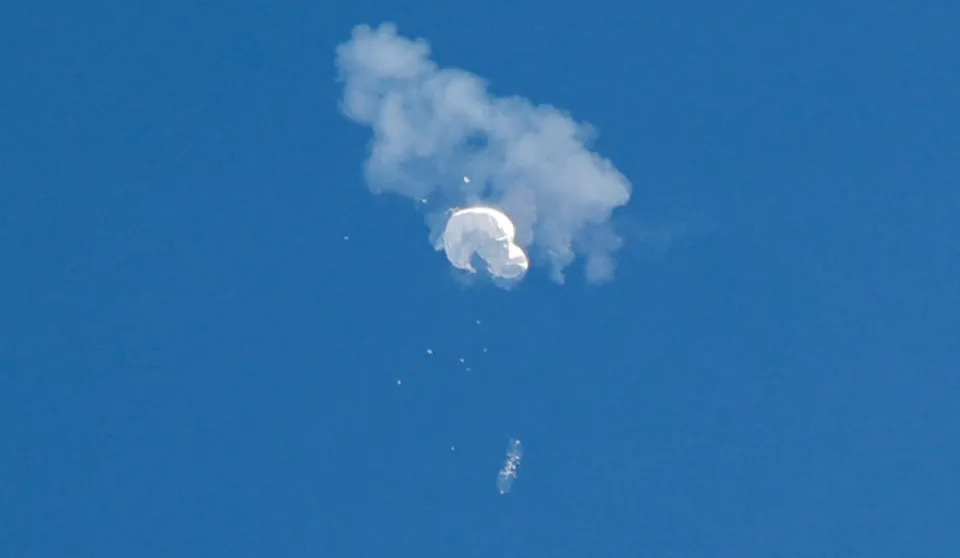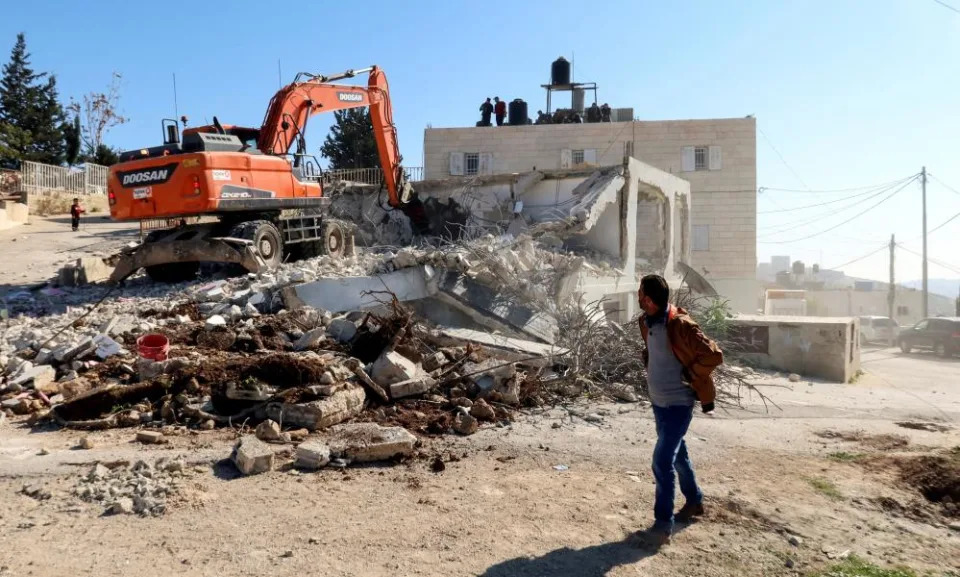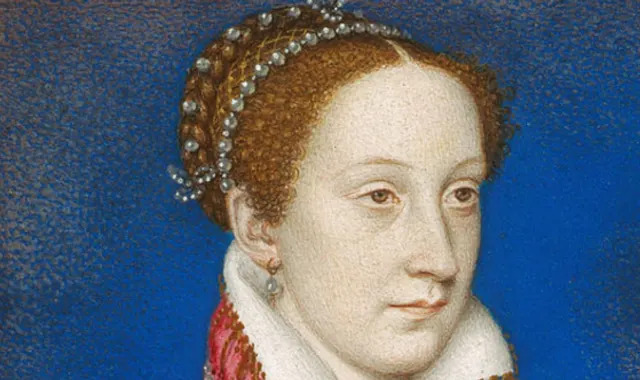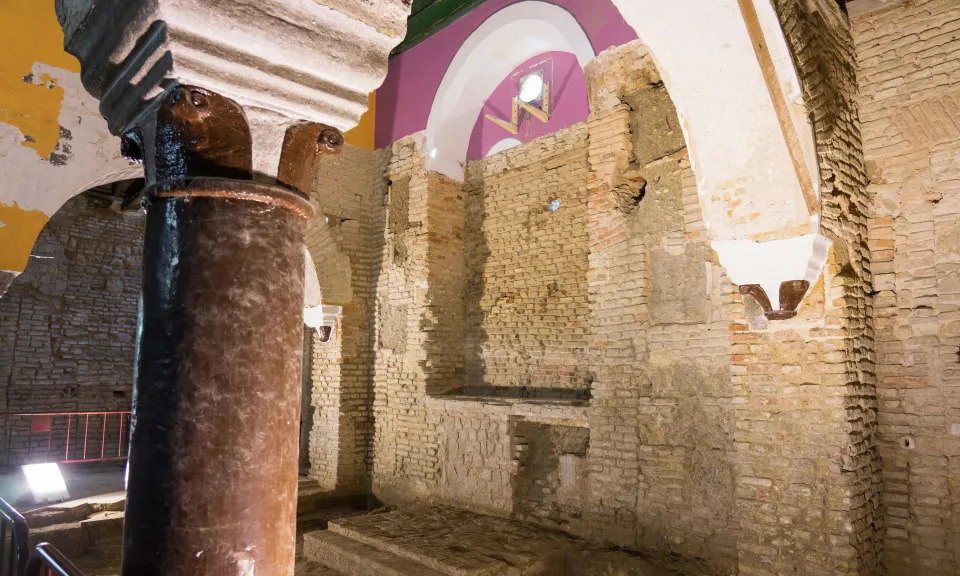David Bol
Tue, 7 February 2023
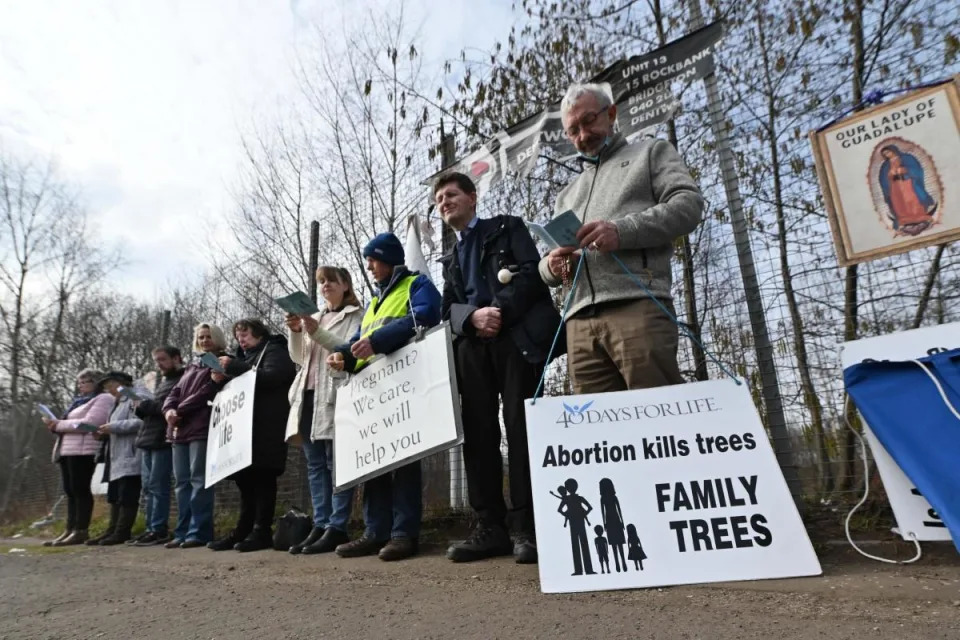
Abortion protesters (Image: PA)
HEFTY fines could be thrown at American anti-abortion groups to ensure police can enforce breaching new laws, the architect of plans to roll out buffer zones outside heath facilities has suggested.
A new offence or aggravator could be established to allow police to enforce buffer zones that would prohibit protests outside abortion clinics taking place.
The Scottish Government held a summit in Edinburgh yesterday on the plans to role out buffer zones on a national scale – after the Supreme Court ruled last year that similar plans in Northern Ireland were competent.
Read more: Scottish buffer zones to be rolled out 'as quickly as possible'
Greens MSP Gillian Mackay, who is proposing a members’ bill at Holyrood for the proposals, said that this year’s summit showed “it’s not now if it will happen, it’s when it’s going to happen”.
But Ms Mackay and the Scottish Government said they would not put a date on when the scheme will be rolled out, despite insiders suggesting it could be fast-tracked and in place by the summer.
SNP Public Health Minister Maree Todd stressed that the legislation will be brought forward to Holyrood “as fast as we possibly can“.
Read more: Supreme Court ruling paves way for Scottish abortion buffer zone plans
Ms Mackay, in partnership with the Back Off Scotland campaign, is to put forward a Members’ Bill in Holyrood to roll out protections across Scotland for women attending medical appointments after receiving thousands of responses to her consultation on the plans.
It comes after patients were routinely intimidated attending appointments at medical facilities by anti-abortion protesters.
Speaking after the summit, Ms Mackay said that there was “a consensus around an automatic approach across all sites, not necessarily a uniform approach”.
But she warned that a 150m buffer zone, as had been previously touted, may not be appropriate for some sites which are bigger in size.
The Greens MSP stressed that it was more likely the police would enforce any breach of the rules, instead of local authorities.
She said: “Police Scotland has a much more natural ability to share information of where laws are broken.
Read more: 'I thought abortion protests only happened in America'
“And I think certainly for me, that's my preference just for ease and ease of tracking where this behaviour is happening and who's moving around to different sites.”
Asked if a separate offence or aggravation would need to be established, Ms Mackay said: “Potentially.”
She added: “Further engagement with legal professionals, court services, police and all those sorts of things will be really instrumental in making sure that whatever crafted is enforceable as well as something that they can defend if and when a prosecutions are challenged by people who are breaching.”
Ms Mackay said that the scale of the penalties was “not settled on yet”, but suggested they would need to be substantial to put off big American anti-abortion groups of gaming the system.
She said: “Obviously, a lot of these groups have been deep pockets.
“So there have been some concerns raised by stakeholders about potentially someone who's almost being in a situation of paying to breach the rule, which is absolutely not what we want.
“We need a level of personal accountability for the people who are breaching the zones, and how we balance that proportionality in particular, and it's avoiding any ECHR challenge is where that difficulty lies.”
Ms Mackay said politicians are “acting on the presumption that there will be a legal challenge to this bill in some way, shape, or form, if not repeated the challenges to this”.
She said: “I have no doubt that when the first prosecution or the first fixed penalty notice or whatever mechanism we used, when that first one is delivered, I think we're going to see a legal challenge.”
The Public Health Minister warned that “it's not acceptable for women to have to run the gauntlet past protests or face intimidation or harassment as they access health care in Scotland”.
Asked when the plans could become law, Ms Todd said: “It might surprise you to hear that I don't have a timescale goal.
“The outcome that I'm looking for is effective legislation that effectively provides safe access to healthcare for women in Scotland, that is robust, that passes through the parliamentary process and is able to withstand the scrutiny involved in the parliamentary process.
“We are working as fast as we possibly can to introduce the legislation.
“There is no sense of dragging our heels on this. We have worked really hard on this. We've built a momentum. And we're making progress and everybody wants to see this happen quickly.”
Nicola Sturgeon, who also took part in the summit, said: “If women are suffering harassment and intimidation when they are seeking access to abortion services, which let’s remember are health services that women have a right within the law to access, then we’re not doing everything we need to do to ensure the access that I think everybody in this room thinks is important.”
She added that an “immense” amount of work is underway.



